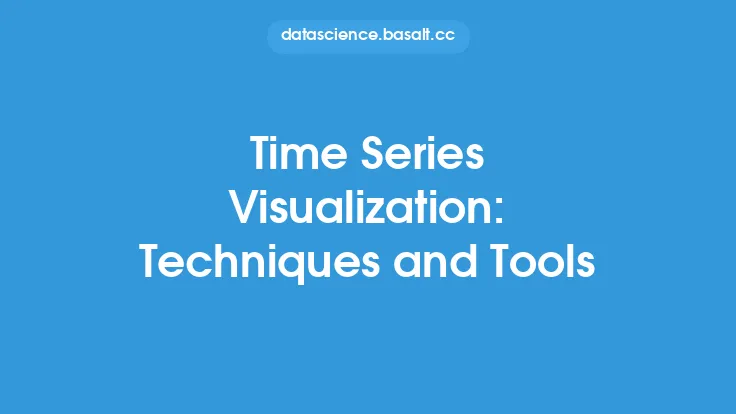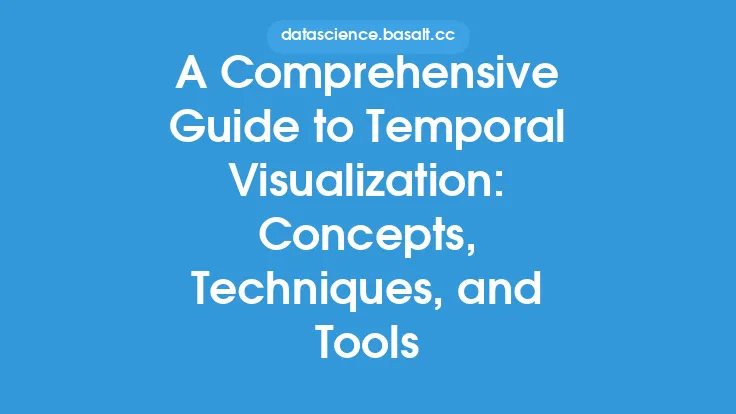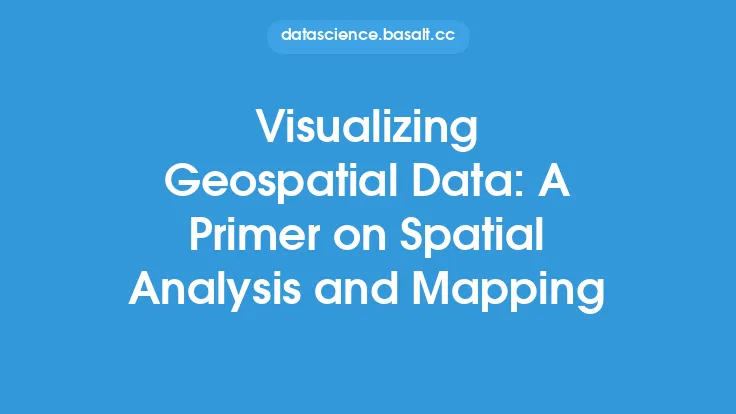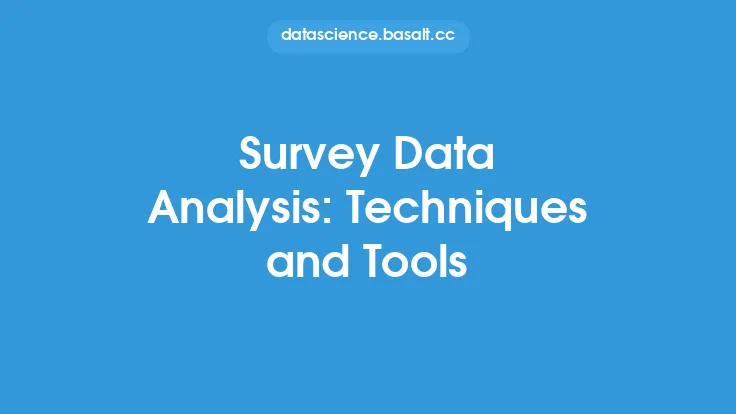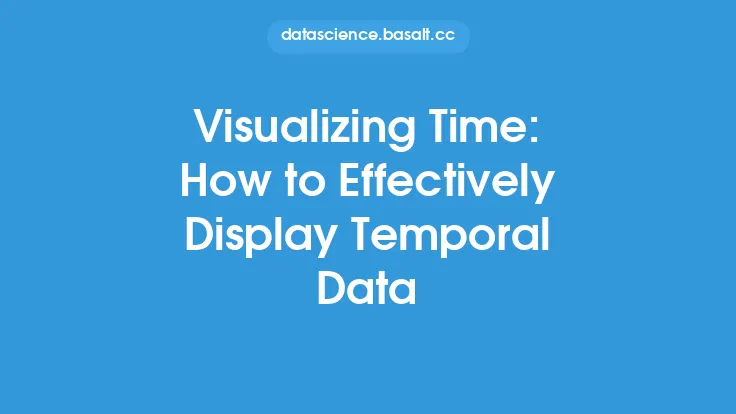Visualizing complex networks is a crucial aspect of data visualization, as it enables researchers and analysts to understand the relationships and patterns within large datasets. Complex networks can be found in various domains, including social networks, biological networks, and technological networks. The goal of visualizing these networks is to identify key nodes, clusters, and communities, and to understand how they interact with each other.
Introduction to Network Visualization
Network visualization is the process of creating graphical representations of complex networks. This involves mapping nodes and edges to visual elements, such as points and lines, to create a visual representation of the network. Network visualization can be used to identify patterns, trends, and relationships within the data, and to communicate insights to stakeholders. There are several techniques and tools available for visualizing complex networks, each with its own strengths and weaknesses.
Techniques for Visualizing Complex Networks
There are several techniques for visualizing complex networks, including:
- Force-directed layout: This technique uses a physical analogy to position nodes in a way that minimizes overlap and crossing of edges. Force-directed layout algorithms, such as Fruchterman-Reingold and Kamada-Kawai, are widely used in network visualization.
- Circular layout: This technique positions nodes in a circular pattern, with edges drawn as chords. Circular layout is useful for visualizing small to medium-sized networks.
- Hierarchical layout: This technique positions nodes in a hierarchical structure, with nodes at higher levels of the hierarchy positioned above nodes at lower levels. Hierarchical layout is useful for visualizing networks with a clear hierarchical structure.
- Matrix-based layout: This technique represents the network as a matrix, with rows and columns corresponding to nodes and edges. Matrix-based layout is useful for visualizing large networks with many nodes and edges.
Tools for Visualizing Complex Networks
There are several tools available for visualizing complex networks, including:
- Gephi: Gephi is an open-source platform for network data analysis and visualization. It provides a range of layout algorithms and visualization tools, including force-directed layout, circular layout, and hierarchical layout.
- NetworkX: NetworkX is a Python library for creating, manipulating, and visualizing complex networks. It provides a range of layout algorithms and visualization tools, including force-directed layout, circular layout, and spring layout.
- Cytoscape: Cytoscape is an open-source platform for visualizing and analyzing biological networks. It provides a range of layout algorithms and visualization tools, including force-directed layout, circular layout, and hierarchical layout.
- Sigma.js: Sigma.js is a JavaScript library for visualizing complex networks in web applications. It provides a range of layout algorithms and visualization tools, including force-directed layout, circular layout, and hierarchical layout.
Data Preparation for Network Visualization
Before visualizing a complex network, it is essential to prepare the data. This involves:
- Data cleaning: Removing missing or duplicate data, and handling errors in the data.
- Data transformation: Transforming the data into a format suitable for visualization, such as an adjacency matrix or an edge list.
- Data filtering: Filtering the data to remove nodes and edges that are not relevant to the analysis.
- Data aggregation: Aggregating the data to reduce the number of nodes and edges, and to simplify the visualization.
Best Practices for Visualizing Complex Networks
There are several best practices for visualizing complex networks, including:
- Keep it simple: Avoid cluttering the visualization with too many nodes and edges.
- Use color effectively: Use color to highlight important nodes and edges, and to distinguish between different types of nodes and edges.
- Use size and shape effectively: Use size and shape to represent the importance or degree of nodes, and to distinguish between different types of nodes.
- Provide context: Provide context for the visualization, such as a legend or a key, to help stakeholders understand the data.
Common Challenges in Visualizing Complex Networks
There are several common challenges in visualizing complex networks, including:
- Scalability: Visualizing large networks with many nodes and edges can be challenging.
- Clutter: Visualizations can become cluttered and difficult to read if there are too many nodes and edges.
- Occlusion: Nodes and edges can overlap, making it difficult to read the visualization.
- Interactivity: Providing interactive visualizations that allow stakeholders to explore the data can be challenging.
Future Directions in Network Visualization
There are several future directions in network visualization, including:
- Integrating machine learning and network visualization: Using machine learning algorithms to identify patterns and trends in the data, and to provide recommendations for visualization.
- Developing new layout algorithms: Developing new layout algorithms that can handle large and complex networks.
- Improving interactivity: Improving the interactivity of visualizations, such as providing zooming, panning, and filtering capabilities.
- Developing new visualization tools: Developing new visualization tools that can handle large and complex networks, and that provide a range of layout algorithms and visualization tools.
